Purchasing bulk dry herbs online can be a convenient and cost-effective way to stock up…

How To Dry Fresh Herbs Using A Dehydrator: A Step-by-Step Guide
Fresh herbs are a delightful addition to any dish, but their lifespan is limited. To prolong the enjoyment of your herbs, drying them using a dehydrator is an excellent preservation method. This process helps retain the herbs’ flavors and aromas while removing moisture that can lead to spoilage. In this blog post, we will provide you with a detailed step-by-step guide on how to dry fresh herbs using a dehydrator.
8 Steps to Dry Fresh Herbs Using A Dehydrator
Step 1: Selecting and Preparing Your Herbs
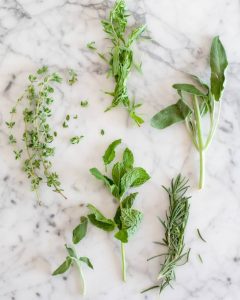
Start by selecting fresh herbs at their peak. Look for vibrant and healthy plants, free from wilting or discoloration. Common herbs suitable for drying include basil, rosemary, thyme, oregano, and mint. Once you’ve chosen your herbs, gently wash them to remove any dirt or debris. Pat them dry using a clean kitchen towel or paper towels.
Step 2: Prepping the Dehydrator
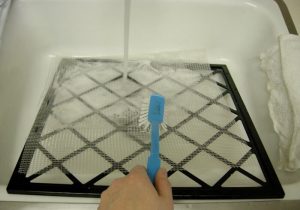
Before using your dehydrator, familiarize yourself with the manufacturer’s instructions and its settings. Clean the dehydrator trays thoroughly, ensuring they are free from any residue. If your dehydrator comes with non-stick sheets or screens, place them on the trays to prevent small herbs from falling through.
Step 3: Removing Excess Moisture
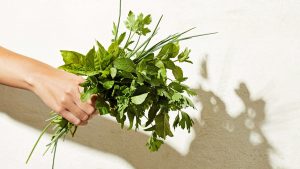
To ensure efficient drying, it’s essential to remove excess moisture from the herbs. Wet herbs take longer to dry and may develop mold during the process. Shake the herbs gently or use a salad spinner to remove excess water.
Step 4: Arranging the Herbs
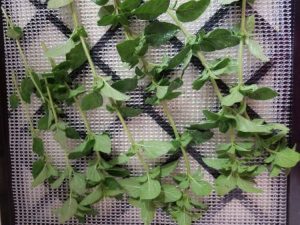
Place the herbs in a single layer on the dehydrator trays. Ensure the leaves or sprigs are evenly spaced to allow adequate air circulation. Overcrowding can result in uneven drying, with some herbs drying faster than others.
Step 5: Setting the Temperature and Time

Refer to your dehydrator’s instructions or guidelines for the recommended temperature and drying time for herbs. Typically, herbs should be dried at a low temperature, ranging from 95°F to 115°F (35°C to 46°C). This temperature range helps preserve the herbs’ flavor and essential oils. Avoid setting the temperature too high, as it may cause the herbs to lose their potency.
Step 6: Monitoring and Rotating the Trays

Regularly check the herbs during the drying process. Look for signs of over-drying or discoloration. If your dehydrator doesn’t have a built-in rotating feature, rotate the trays every few hours to ensure even drying.
Step 7: Testing for Dryness

To check if the herbs are adequately dried, perform a simple test. Take a leaf or sprig from the dehydrator and allow it to cool for a few minutes. Once cooled, crumble the herb between your fingers. If it crumbles easily and there is no moisture, the herbs are dry and ready for storage. If they still feel slightly moist or pliable, return them to the dehydrator for further drying.
Step 8: Storing Dried Herbs
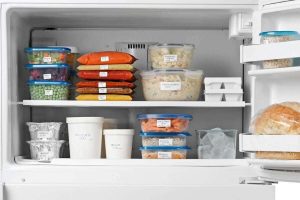
Once the herbs are completely dried, transfer them to airtight containers. Glass jars or resealable bags work well for storing dried herbs. Label the containers with the herb’s name and the date of drying to keep track of their freshness. Store the containers in a cool, dark place away from direct sunlight, as light and heat can degrade the herbs’ quality.
Frequently Asked Questions:
Q1: How long does it take to dry herbs in a dehydrator?
The drying time depends on various factors, such as the type of herb, humidity, and the dehydrator model. On average, herbs take between 1 to 4 hours to dry completely.
Q2: Can I dry different herbs together in the same dehydrator tray?
It’s best to dry herbs with similar moisture levels together to ensure even drying. Different herbs may require different drying times, so it’s advisable to separate them or group herbs with similar drying times.
Q3: Can I dry herbs without a dehydrator?
Yes, you can air-dry herbs by hanging them upside down in a well-ventilated area. However, using a dehydrator offers more precise control over the drying conditions, resulting in better flavor retention.
Q4: How long can I store dried herbs?
Properly dried and stored herbs can retain their flavor for up to one year. After that, they may start to lose their potency.
Q5: How should I use dried herbs in recipes?
Dried herbs are more potent than fresh herbs, so you’ll need less quantity in recipes. Generally, it’s recommended to use one-third of the amount of dried herbs compared to fresh herbs. Adjust to taste and enjoy experimenting with flavors.
Conclusion
Drying fresh herbs using a dehydrator is a fantastic way to extend their shelf life and preserve their flavors. By following these step-by-step instructions, you can enjoy the essence of your garden-fresh herbs all year round. Experiment with different herb varieties, and elevate your culinary creations with the concentrated aroma and taste of dried herbs. Happy drying and happy cooking!

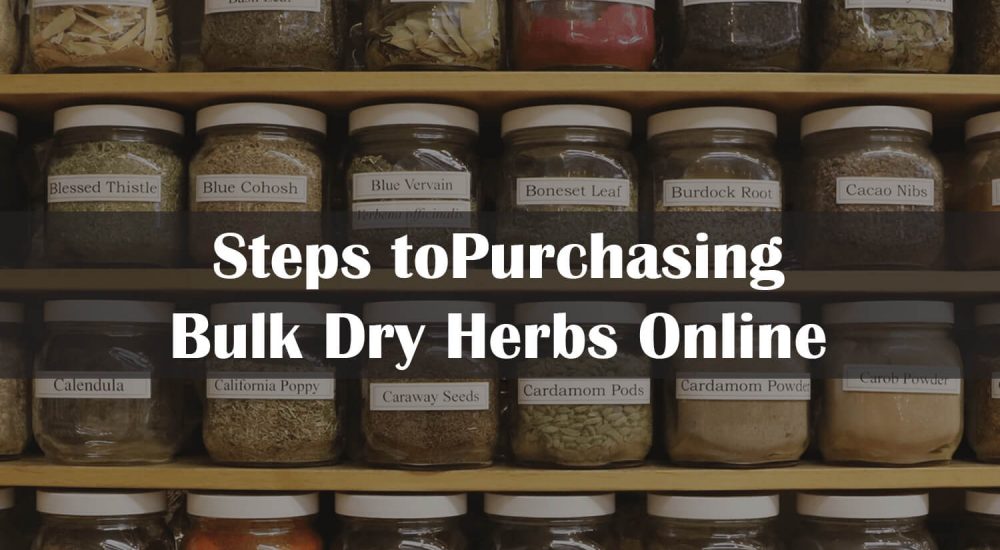
This Post Has 0 Comments